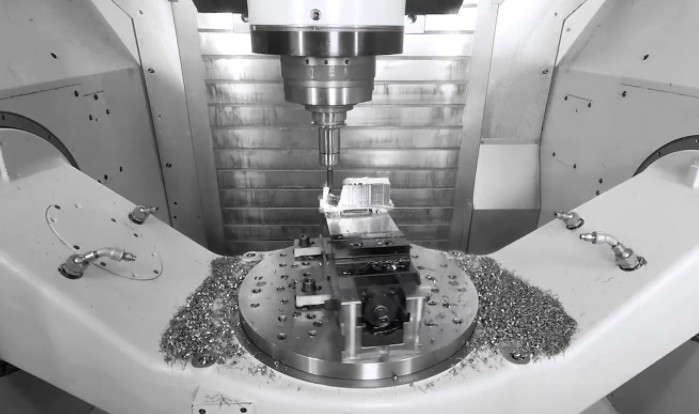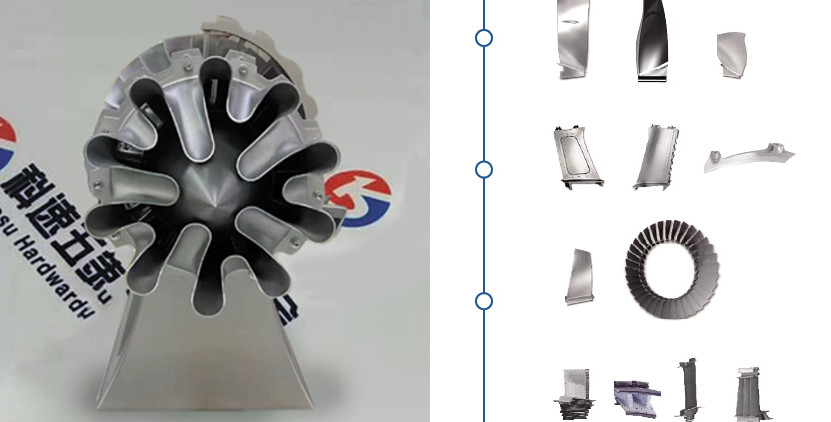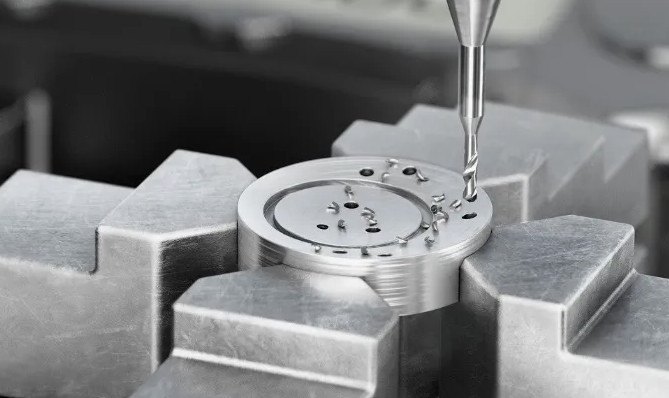Have you ever wondered why some aerospace components fail unexpectedly while others operate flawlessly for decades? The difference often lies not in the machining process itself, but in a critical decision made before cutting even begins: material selection. This choice can determine the success or failure of an entire project.
Material selection fundamentally dictates the outcomes of CNC machining for aerospace components, as it influences the part’s performance, machining complexity, cost, and service life. The right material must balance weight requirements, thermal properties, corrosion resistance, and mechanical strength, while also being compatible with precision machining processes.

Key Material Properties for Aerospace Applications
When selecting materials for aerospace components, several key properties must be carefully evaluated. Each property directly affects the manufacturing process and the final performance of the part.
Strength-to-Weight Ratio
Every gram matters in aerospace. This ratio measures the load a material can withstand relative to its mass—a critical factor when fuel efficiency and payload capacity are top priorities.
Materials such as titanium alloys and advanced aluminum alloys offer high strength with relatively low weight. For example, Ti-6Al-4V (Grade 5 titanium alloy) has approximately twice the strength of 6061 aluminum alloy but is only 60% heavier, resulting in an exceptional strength-to-weight ratio.
Temperature Resistance
Aerospace components often operate in extreme temperature environments. Materials must maintain their structural integrity and mechanical properties across a wide temperature range.
Corrosion Resistance
Aerospace components must withstand harsh environmental conditions, including exposure to moisture, salt, hydraulic fluids, and various chemicals. Materials with poor corrosion resistance may fail prematurely, endangering lives.
Stainless steels (especially 15-5PH and 17-4PH), nickel alloys, and titanium alloys all exhibit excellent corrosion resistance. In corrosive environments, selecting the right material can extend a component’s service life by 300% or more.
Machinability Factors
The ease with which a material can be machined directly affects production time, tool wear, and dimensional accuracy. Materials with poor machinability typically require specialized tools, lower cutting speeds, and more frequent tool changes.
Aluminum alloys generally have excellent machinability, enabling faster production cycles and tighter tolerances. Titanium-based and nickel-based superalloys, while boasting outstanding physical properties, pose significant challenges during CNC machining due to their high hardness, low thermal conductivity, and tendency to work harden.
Common Aerospace Materials and Their Machining Considerations
1. Aluminum Alloys (2024, 6061, 7075)
Aluminum remains a workhorse material in aerospace manufacturing, accounting for up to 80% of the structure in some aircraft. It offers excellent machinability, light weight, and good strength, making it ideal for many applications.
Machining Considerations:
- High cutting speeds can be achieved (up to 1000 meters per minute)
- Proper cooling is required to prevent chip welding
- Excellent surface finish can be achieved (<0.8μm)
- Cost-effective for complex geometries
2. Titanium Alloys (Ti-6Al-4V, Ti-6Al-2Sn-4Zr-2Mo)
Titanium alloys combine excellent strength, light weight, and corrosion resistance; however, they are also quite difficult to machine.
Machining Considerations:
- Low thermal conductivity leads to heat concentration at the cutting edge
- Strict machine setup is required to prevent chatter
- Cutting speeds are limited to 30-60 meters per minute
- Specialized coolant strategies are needed to extend tool life
3. Nickel-Based Superalloys (Inconel 718, Waspaloy)
These materials perform exceptionally well in extreme environments, maintaining their properties even at temperatures where other metals soften or deform. This makes them ideal for engine components and other high-temperature applications.
Machining Considerations:
- Extremely high tool wear rate
- Very low cutting speeds (10-30 meters per minute)
- Work hardening during CNC machining may create difficult-to-machine surfaces
- Special coatings are required for cutting tools
Material Selection Strategies for Optimal Outcomes
The most successful aerospace projects start with a systematic material selection approach that considers both performance requirements and manufacturing constraints. This approach typically includes the following steps:
- Analyze the operating environment (temperature, pressure, exposure to chemicals)
- Establish minimum performance criteria (strength, fatigue resistance, weight)
- Evaluate manufacturing requirements (complexity, tolerances, production volume)
- Compare candidate materials based on weighted criteria
- Test the most promising options
By following this structured method, engineers can avoid costly mistakes and optimize both component performance and manufacturability.

